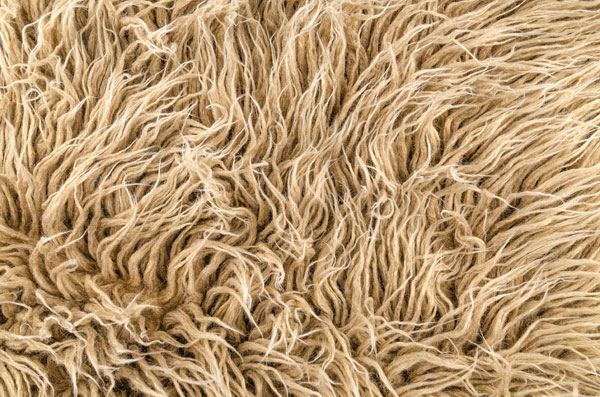Groundbreaking research solves mystery of brown pandas

[Brown fur. Photo credit to Pexels]
A recent study published by the Proceedings of the National Academy of Sciences has proven the mysterious phenomenon of brown pandas.
The study, conducted after the discovery of the first brown panda named Dandan in March 1985, provides crucial insights into the genetics behind this rare occurrence.
Dandan was found in the Qinling Mountains, marking the first documented case of a brown panda.
Since then, several more sightings of brown pandas have been reported, with a total count reaching eleven.
Remarkably, all of these brown pandas were spotted around the Qinling Mountains, which proves that they are endemic to that region.
Scientists initially speculated that brown fur in pandas might be an inheritable trait, but the exact mechanism remained unclear.
In order to clear up the mystery, research has been conducted upon a panda named Qizai, the only brown panda bear held captive.
Currently, Qizai lives in the Louguantai Wild Animal Breeding and Protection Center in Xi’An, China.
Finally, with countless numbers of research conducted, the mystery to this strange phenomenon of brown pandas has now been solved.
Examining Qizai’s fur, it has been concluded that pandas with brown fur have smaller melanosomes.
The small melanosomes were also spaced irregularly compared to the melanosomes of ordinary black and white pandas.
Melanosomes are organelles within the cells of the epidermis that store and synthesize melanin and are largely concentrated in the skin and hair.
Furthermore, scientists have used Qizai to trace the pedigree of brown pandas and have finally reached the conclusion that brown fur is an inherited recessive trait.
This recessive trait has been identified in a gene called Bace2.
Similar to how Qizai has both copies of this gene, for brown fur to appear, both parents must have a copy of this specific genetic trait and be able to pass it on to future generations.
To confirm their findings, scientists conducted an experiment with mice, also known as knockout mice.
They used a modern gene editing technology called CRISPR-CAS9, which has around a 70%success rate.
The CRISPR-CAS9 tool deletes and inserts specific genetic sequences into the DNA.
In this case, the scientists deleted the sequence that was thought to have caused a mutation in the Bace2 gene.
By altering the Bace2 gene through deletion, the resulting mice showed a genetic makeup similar to that of brown pandas.
Scientists found that the melanosomes in the mice that had received the alteration had reduced in both number and size.
Additionally, the mice’s fur had turned into the color of light brown.
This finding proves that mutations in the Bace2 gene have resulted in potential coat color changes, as the pigmentation pathway is relatively shared between mammals.
Thus, it has been concluded that the mutation in the Bace2 gene is responsible for the brown coat color of pandas.
However, scientists have yet to have a clear answer as to what initially caused the mutation.
Nevertheless, their analysis results have eliminated the possibility of the pandas inbreeding, as new research has shown that the genetic mutation is not the result of inbreeding.
Inbreeding occurs when offspring are produced from individuals that are related by ancestry.
It is certain that the mutations were carried as autosomal recessive by both parents, making the brown fur “invisible” in the parent’s generation.
In conclusion, instead of inbreeding, scientists believe that natural variation was a big contributing factor for the genetic mutation to take place.

- Jooha Roh / Grade 9
- Korea International School

![THE HERALD STUDENT REPORTERS [US]](/assets/images/logo_student_us.png)
![THE HERALD STUDENT REPORTERS [Canada]](/assets/images/logo_student_ca.png)
